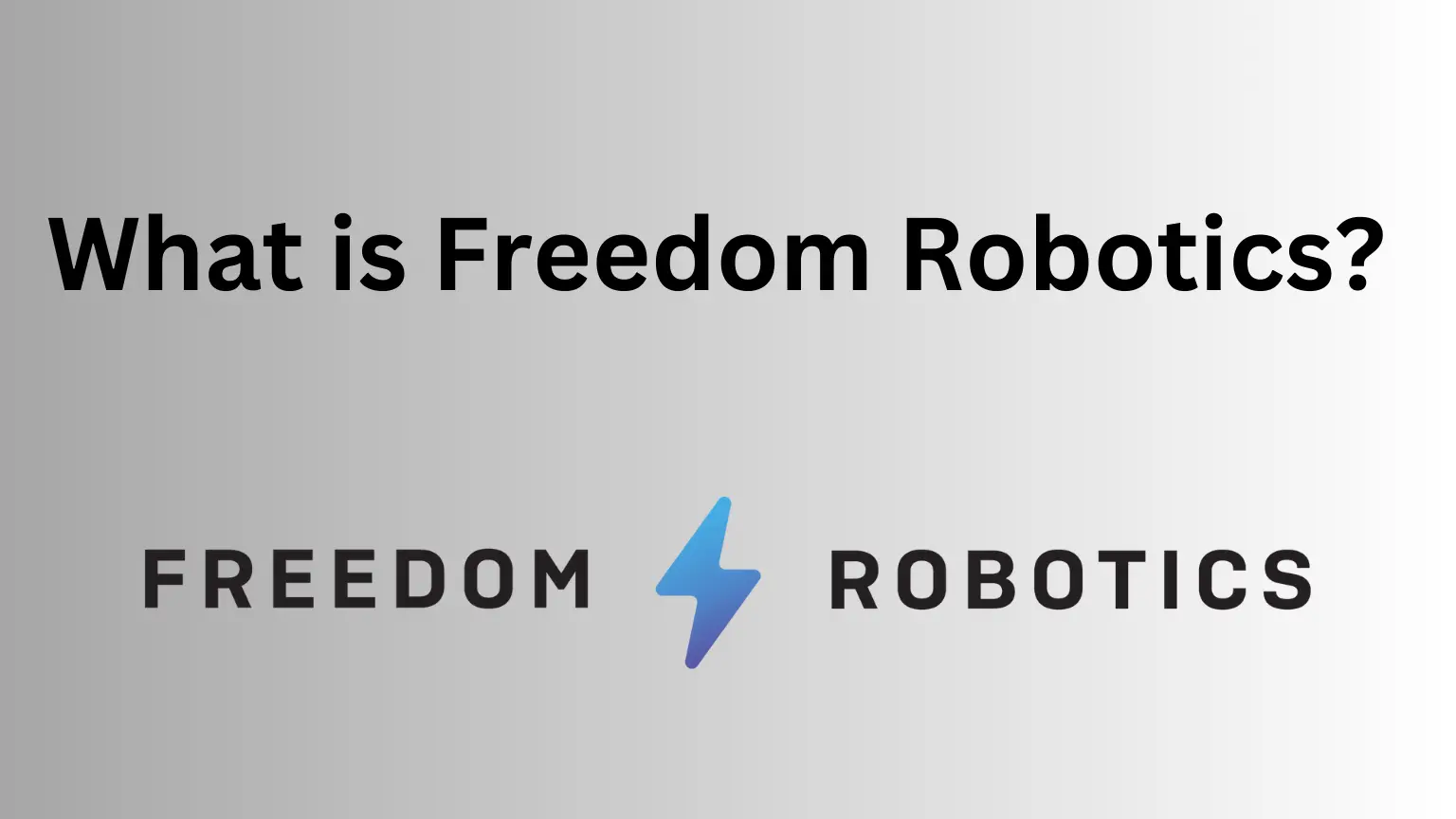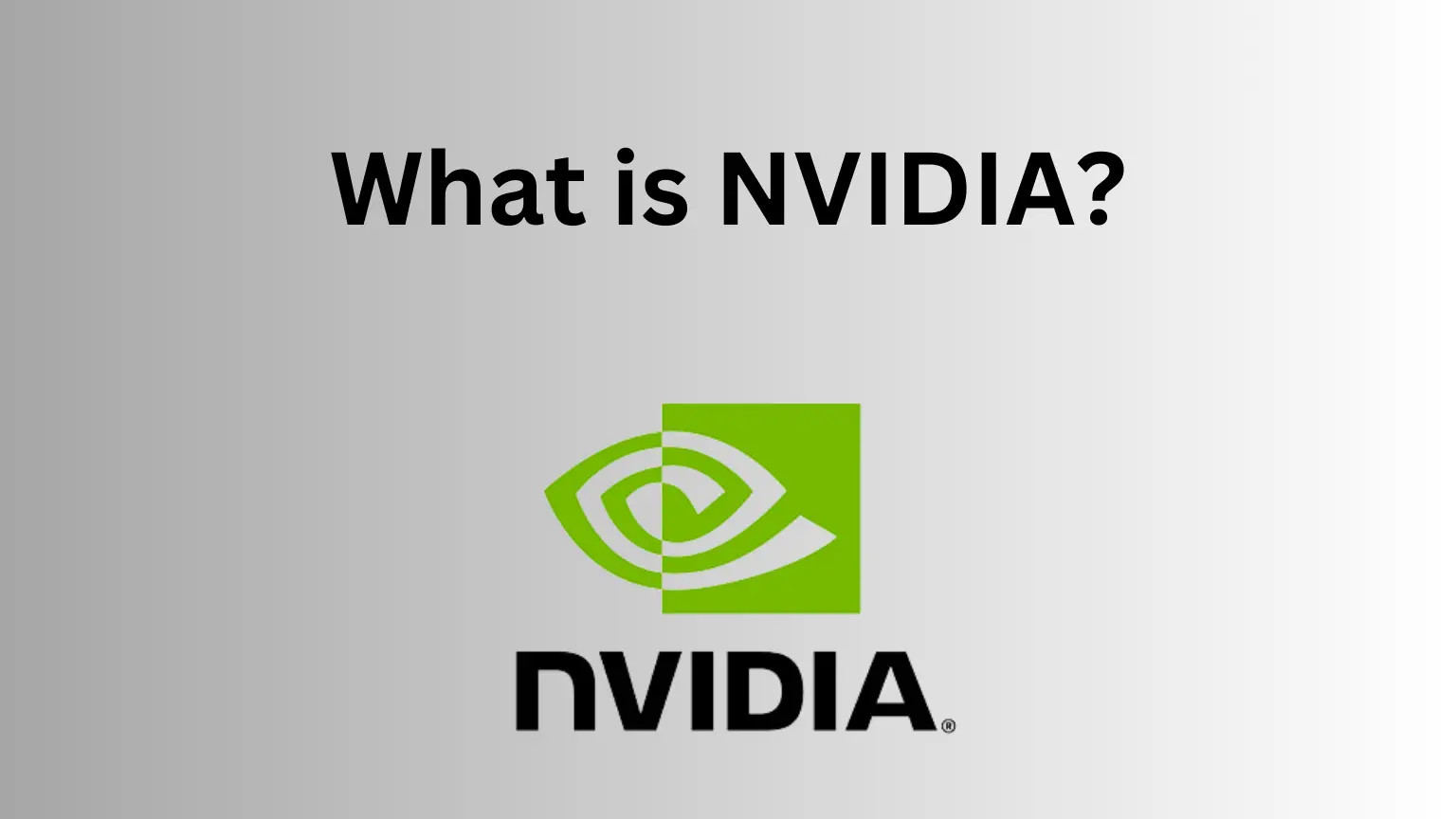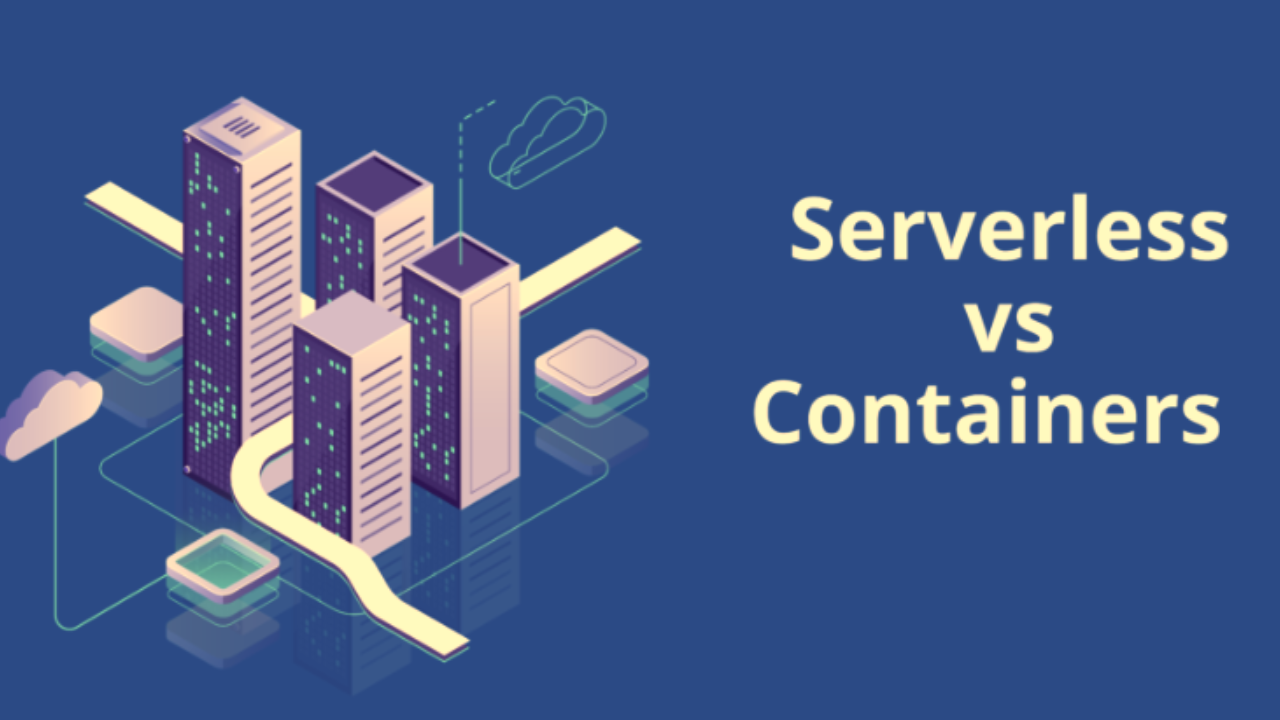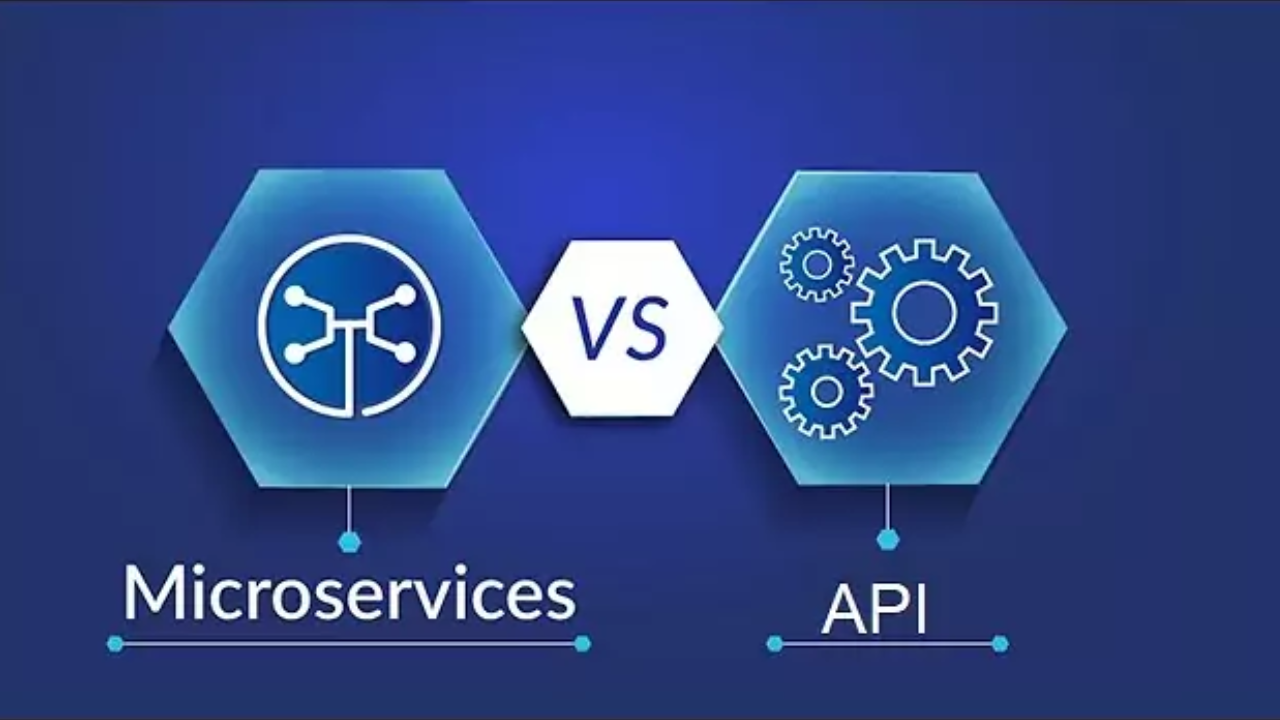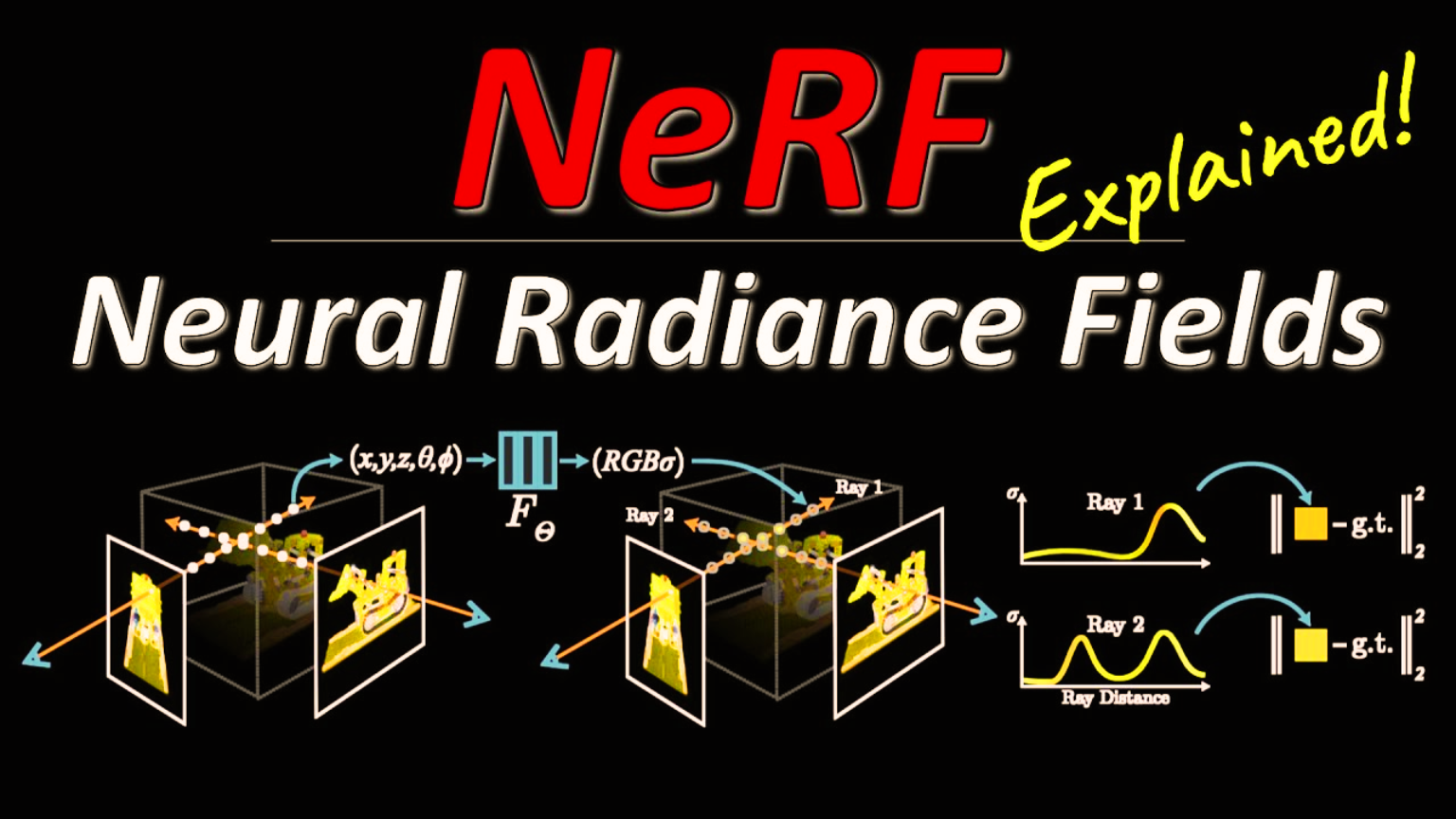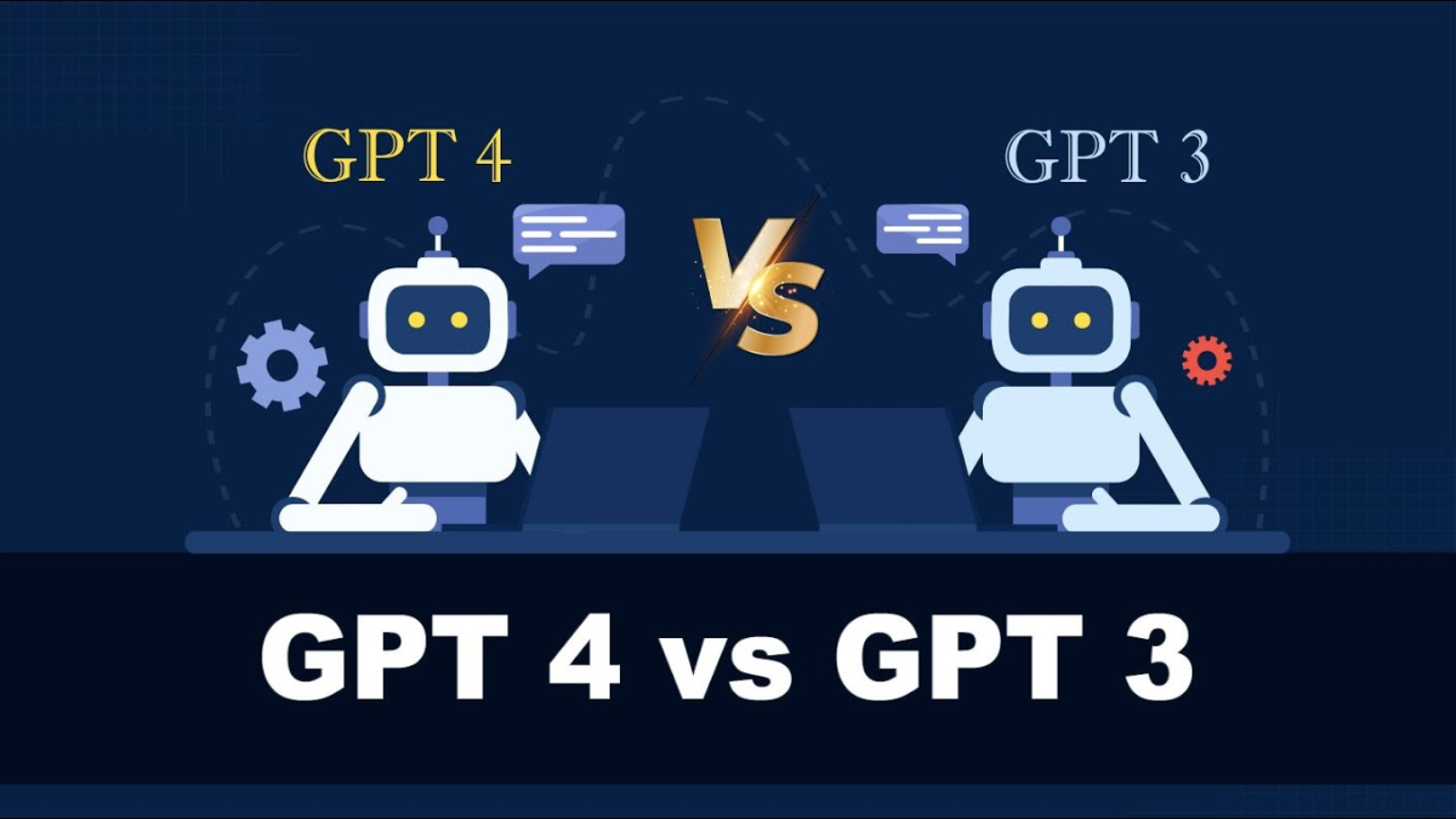Are you looking for a way to simplify the deployment of your serverless applications? Look no further! In this blog, we’ve compiled a list of the best serverless frameworks on the market today. Whether you’re a seasoned developer or just starting out, our list includes frameworks that are flexible, customizable, and can deploy the same code to many different serverless providers.
From the popular Serverless Framework to the up-and-coming OpenFaaS, we’ve got you covered. So, sit back, relax, and read on to discover the best serverless frameworks for your next project.
What Are Serverless Frameworks?
The Serverless Framework is a free, open-source framework that was launched in 2015. It is primarily aimed at deployment on the AWS platform, but it can deploy the same code to many different serverless providers, including Google Cloud and Microsoft Azure. The framework can make the deployment of serverless applications easier by creating the cloud infrastructure dependencies described in a single configuration file.
This infrastructure can be treated as code, which makes scaling easier and faster to implement. The Serverless Framework adds an abstraction layer on top of the serverless platforms, which is a step towards simplifying the deployment process regardless of the underlying platform and a move towards a more standardized way of creating serverless applications in the future.
When deploying a serverless application, it is possible to develop, deploy, test, secure, and monitor the application in the Serverless Framework Dashboard.
The Serverless Framework is designed to be flexible and customizable, with a plugin architecture that allows developers to extend the framework’s functionality. The framework also includes a command-line interface (CLI) that provides a set of commands for creating, deploying, and managing serverless applications.
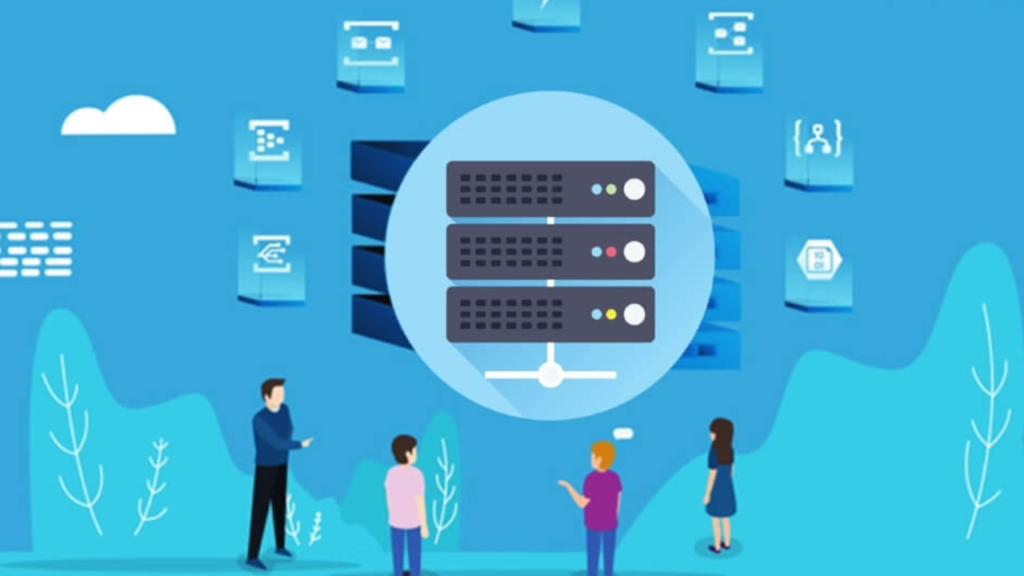
How Serverless Frameworks Are Aiding Today’s Software Industry?
Here are some subheadings that answer “How Serverless Frameworks Are Aiding Today’s Software Industry:
1. Simplifying Deployment
The Serverless Framework automates the configuration of cloud infrastructure dependencies, making deployment of serverless applications easier and faster.
The framework’s plugin architecture allows developers to extend its functionality, making it more customizable and flexible.
Datacamp vs Codecademy: Which Platform is Right for You?
2. Standardizing Serverless Development
The Serverless Framework adds an abstraction layer on top of serverless platforms, making it easier to deploy applications regardless of the underlying platform. This move towards standardization is a step towards a more consistent way of creating serverless applications in the future.
3. Cost-Effective Scaling
Serverless architectures allow for automatic scaling, which means that resources are only used when needed, making it more cost effective than traditional server architectures.
The Serverless Framework makes scaling easier and faster to implement, allowing developers to focus on building their applications rather than worrying about infrastructure.
4. Increased Efficiency
Serverless architectures allow developers to focus on building their applications rather than managing infrastructure, which increases efficiency and productivity.
The Serverless Framework’s command-line interface (CLI) provides a set of commands for creating, deploying, and managing serverless applications, making it easier to manage and maintain applications.
Some of the Best Serverless Frameworks
1: Serverless Framework
The Serverless Framework is one of the most popular serverless frameworks available today. It supports multiple cloud providers, including AWS, Azure, and Google Cloud Platform. It provides a plugin architecture that allows developers to extend its functionality and customize their deployments.
2. AWS SAM
AWS SAM (Serverless Application Model) is a framework for building serverless applications on AWS. It provides a simplified way to define the Amazon API Gateway APIs, AWS Lambda functions, and Amazon DynamoDB tables needed by your serverless application.
3. OpenFaaS
OpenFaaS (Functions as a Service) is an open-source serverless framework that allows developers to build and deploy functions to Kubernetes. It supports multiple languages, including Node.js, Python, and Go.
4. Kubeless
Kubeless is another open-source serverless framework that allows developers to deploy functions to Kubernetes. It supports multiple languages, including Python, Node.js, and Ruby.
5. Fn Project
The Fn Project is an open-source serverless framework that allows developers to build and deploy functions to any cloud or on-premises environment. It supports multiple languages, including Java, Go, and Python.
6. IronFunctions
IronFunctions is an open-source serverless framework that allows developers to build and deploy functions to any cloud or on-premises environment. It supports multiple languages, including Node.js, Python, and Go.
7. Nuclio
Nuclio is an open-source serverless framework that allows developers to build and deploy functions to Kubernetes. It supports multiple languages, including Python, Node.js, and Go.
8. Zeit Now
Zeit Now is a serverless framework that allows developers to deploy serverless functions and applications to the cloud. It supports multiple languages, including Node.js, Python, and Go.
9. Google Cloud Functions
Google Cloud Functions is a serverless framework that allows developers to build and deploy functions to the Google Cloud Platform. It supports multiple languages, including Node.js, Python, and Go.
10. Azure Functions
Azure Functions is a serverless framework that allows developers to build and deploy functions to Azure. – It supports multiple languages, including Node.js, Python, and C#.
Final Thoughts!
In addition to the Serverless Framework, there are many other great serverless frameworks available today, each with its own unique features and benefits. From AWS SAM to OpenFaaS, Kubeless, and more, these frameworks are helping developers simplify deployment, standardize serverless development, and increase efficiency.
Whether you’re a seasoned developer or just starting out, these frameworks can help you build and deploy serverless applications faster and more easily than ever before. So, why not give them a try and see how they can help you take your serverless development to the next level?


